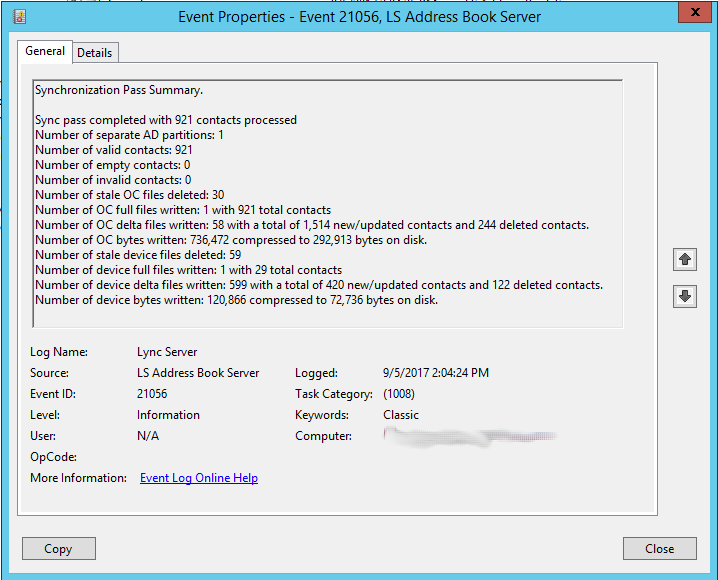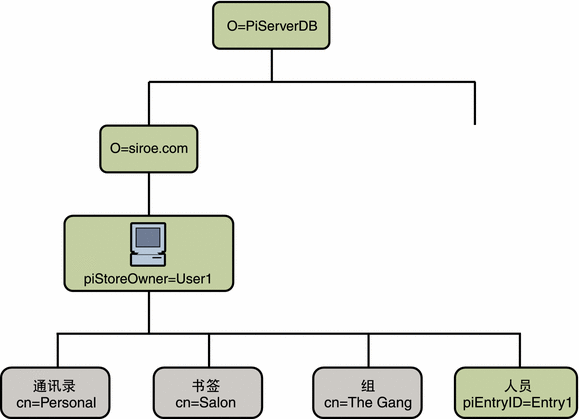


IPSec and SSL VPNs both provide encrypted secure remote access but in different ways. Once a user's computer is connected to the remote host, it can display a window with the target computer's desktop.
REMOTE ADDRESS BOOK SERVER SOFTWARE
The VPN server, or gateway, is located at the edge of the targeted network and decrypts the data and sends it to the appropriate host inside the private network.Ī computer must have software that enables it to connect and communicate with a system or resource hosted by the organization's remote access service. When a user is connected to the network via a VPN client, the software encrypts the traffic before it delivers it over the internet. With a remote access VPN, each user needs a VPN client capable of connecting to the private network's VPN server. Remote access VPNs connect individual users to private networks. Network: By connecting via the internet.Hardware: By connecting hosts through a hard-wired network interface or Wi-Fi network interface.Software: Using a secure software solution like a VPN.Today, remote access is more commonly accomplished using: Remote access is accomplished with a combination of software, hardware and network connectivity.įor example, traditional remote access before the wide availability of internet connectivity was accomplished using terminal emulation software that controlled access over a hardware modem connected to a telephone network. VPN technology was developed to enable remote users and branch offices to securely log into corporate applications and other resources. A VPN creates a safe and encrypted connection over a less secure network, such as the internet.

One common method of providing remote access is via a remote access virtual private network ( VPN) connection. Technical support professionals can use remote access to connect to users' computers from remote locations to help them resolve issues with their systems or software. This increases employee productivity and enables employees to better collaborate with colleagues around the world.Ī remote access strategy gives organizations the flexibility to hire the best talent regardless of location, remove silos and promote collaboration between teams, offices and locations. Remote access enables remote users to access files and other system resources on any devices or servers that are connected to the network at any time. This is especially important for employees who work at branch offices, are traveling or telecommute. Remote access enables users to connect to the systems they need when they are physically far away. Remote access is the ability for an authorized person to access a computer or network from a geographical distance through a network connection.


 0 kommentar(er)
0 kommentar(er)
